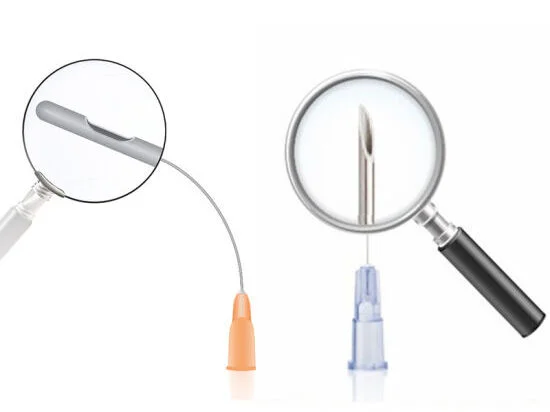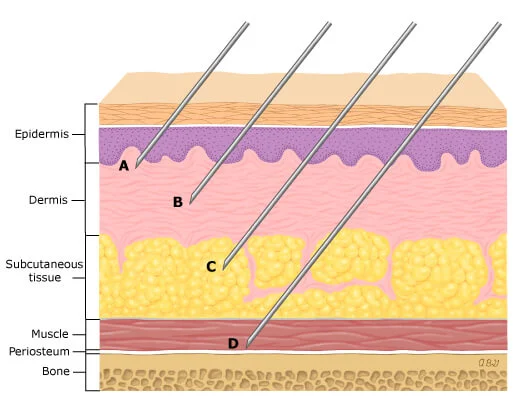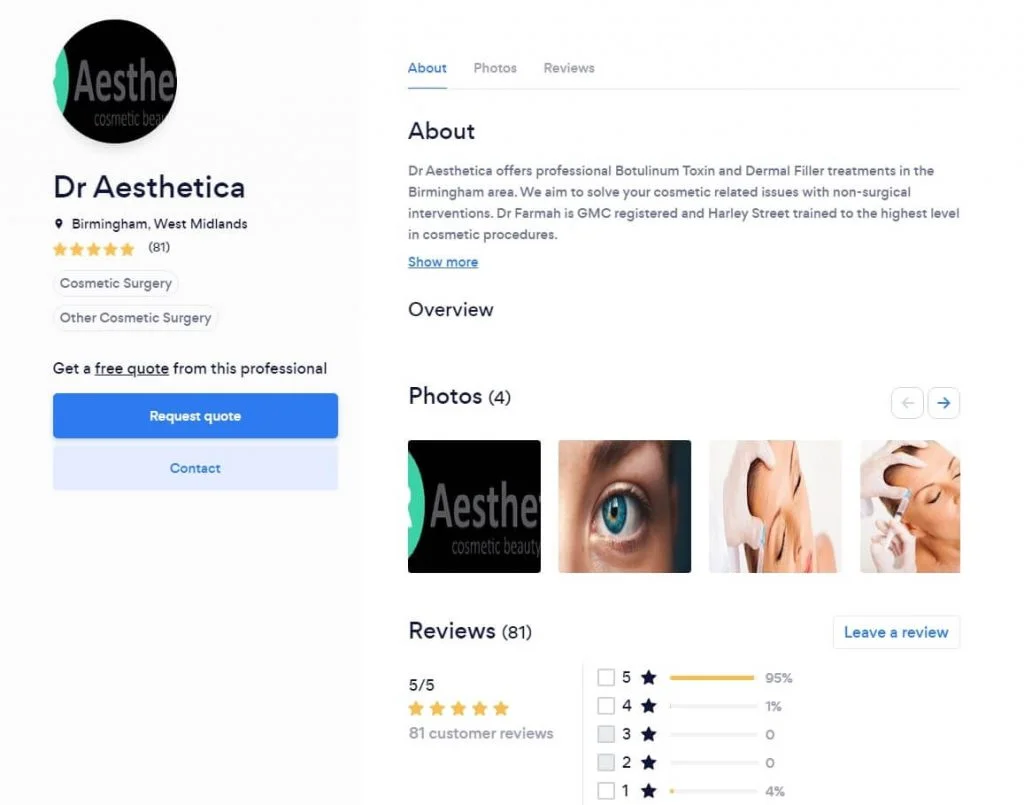Getting dermal filler injections is generally considered a safe and low-risk cosmetic treatment.
That is as long as the filler is administered by a certified medical professional with sufficient experience and the proper training in filler treatments and facial anatomy. Otherwise, serious complications may arise.
Related: Are Dermal Fillers Safe? Risks & Long-term Side Effects of Injectables
However, most complications can be avoided and common side effects minimised with the proper injection techniques. It's also important to note that filler treatments are an art as much as they are a science.
Every aesthetic doctor will have a preference on which technique or combination of techniques to use for the best results for their patients.
This article is a continuation of our series on How Fillers are Administered. The first part focussed on Needles vs Microcannulas, highlighting the benefits and disadvantages of each. You can read that article here.

This second part aims to educate you on the most common filler injection techniques. That way, you are more empowered to ask the right questions when choosing a filler provider.
1. Tunnelling
In the tunnelling or linear threading technique, the needle or microcannula is inserted into the skin at an angle of 30-45 degrees in the path of the targeted wrinkles or lines.
As the needle is withdrawn from the tissue, the filler product is slowly deposited into the area through a process called "retro-trace" or "retrograde" injection.
This filler injection technique allows the filler to be placed precisely and evenly into the correct plane.
The tunnelling method effectively addresses superficial skin wrinkles, deep-set lines as well as areas with volume loss.
It has become the preferred injection technique among most aesthetic specialists for its safety and the natural-looking results it can accomplish.
2. Point
Also called the droplet, serial, or multi-puncture technique, the point method involves injecting numerous, tiny filler droplets into deeper layers of the dermis.
The droplets are deposited close together (2-4mm apart), allowing them to merge within the skin and fill up a wrinkle or an area with volume loss.
While the point technique can be used to address individual wrinkles and fine lines, its primary application is to improve the overall fullness of the skin.
That said, it's only used for very particular circumstances, as it is more susceptible to complications and has the potential to look unnatural.
3. Stretching
For this filler method, the skin surrounding the targeted wrinkle is stretched to put tension on the targeted wrinkle.
This isolates the targeted facial crease and allows for better visualisation of the treatment area, making it easier for the injector to insert and angle the needle precisely.
This filler injection method is often used in areas with skin laxity.
4. Dual plane
This technique, also called the sandwich technique, involves injecting two different layers of the skin in the same area, usually the dermis and subdermal areas.
For the dual-plane filler technique, the injector often uses more than one type of filler. A thinner filler is used for the superficial wrinkles, while a thicker one addresses facial volume loss in the subdermal areas.
This helps to create a natural effect that cuts across all facial movements. The dual-plane method tackles high-movement areas with superficial wrinkling but experiencing extensive volume loss.
Related: The Ultimate Guide to Dermal Fillers: Everything You Need to Know
5. Radial Fanning
Radial fanning aims to fill the problem area with minimal skin punctures to decrease the risk of bruising.
A needle is inserted in the target area, and a tunnel of filler is injected as the needle is withdrawn (similar to linear threading).
However, before the needle is completely removed from the skin, it is redirected into a different plane, and more filler is injected. This means the filler is distributed in parallel lines throughout the area in a "fan-like" pattern via a single puncture site until the desired outcome is achieved.
6. Cross Hatching
Cross-hatching also builds on the linear threading method, where a series of parallel rows of filler is first injected into the skin.
Then the angle of the needle is changed so that it is 90 degrees from the original. Now perpendicular tunnels of filler are injected to create a cross-hatching pattern. This filler injection technique is meant for filling in broader areas of the face at a go.
Factors Influencing Which Filler Injection Technique is Used
Injection Depth
How deep a filler should be injected depends on the amount of volumetric lift required as well as the presence of vascular structures in that area. Simply put, the injector should have a good knowledge of facial anatomy.
This means they will be able to avoid direct injection at certain depths where vascular structures beneath present many of the 'danger zones.'
So, which filler injection technique is best for accomplishing this?
Ultimately, it rests upon the injector to pay close attention to how deep into the skin they insert the tip of their needle to provide optimal results.
This comes with experience and training, which is why it's critical you choose an experienced injector.

Skin Thickness
The skin's thickness will largely influence the angle at which the needle or cannula is inserted into the skin. Not everyone's skin has the same thickness.
Even on an individual, skin thickness will change from one part of the face to another. For example, the thickness of your facial skin varies between 0.4mm in the eyelids and 1.2mm in the forehead and cheeks.
Desired Results
Every patient has different aesthetic needs. What works for one might not be ideal for another.
For example, some patients might be looking for slight reshaping of the lips, while others want significant volumisation. This will determine the type and amount of filler, along with the technique used.
An experienced and highly trained filler provider should be able to customise injection techniques based on each patient's unique anatomy.
They can also use complementary products or procedures to enhance your results. For example, combining Botox and Dermal Filler injections for a more dramatic anti-ageing effect.
Final Thoughts
So do you need to memorise every filler injection technique out there before booking your treatment? No, not at all!
The most important thing is ensuring you select a skilled injector who has a proven track record of safety and customer satisfaction. They will know the best products and methods to use to enhance your unique facial profile. A great place to start is checking out their testimonials.

Also, find out what mitigating measures they have in place to counter any complications that may arise from the treatment.
For example, one of the reasons I love HA fillers is that they can be reversed with an enzyme called hyaluronidase.
When I tell patients who have had less-than-ideal filler injections (often from unqualified injectors) that we can dissolve the filler, the relief on their faces is immense.
Ready to learn more about enhancing your under-eye area?
Do you want to learn:
- The main benefits of tear trough fillers
- The best place to get tear trough fillers
- And how tear trough fillers work?
If that’s so then check out our Tear Trough Filler treatment in Birmingham.


